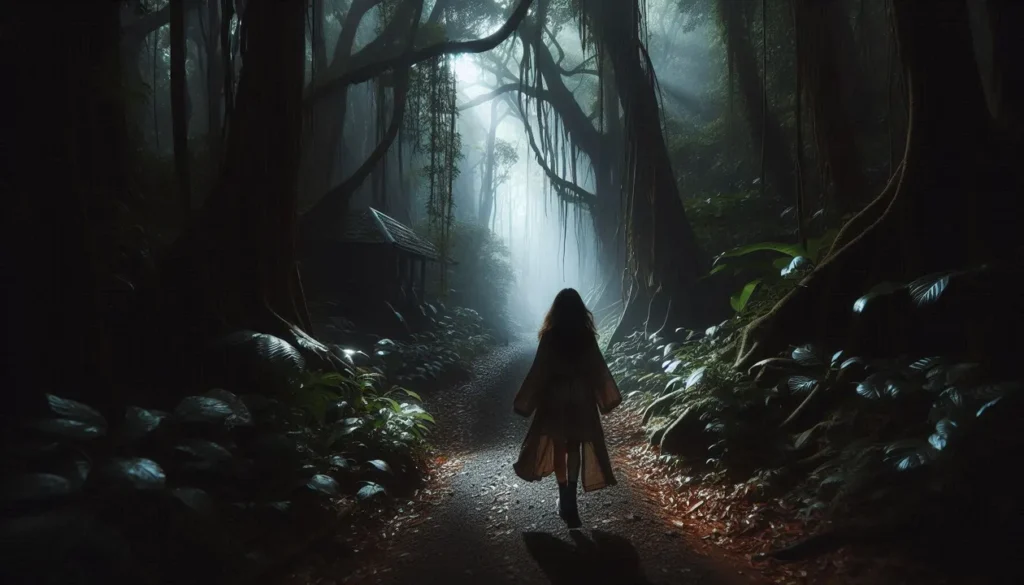Tenses create tension. The tense you choose is one of the most important decisions you’ll make when writing a novel. It is also the hardest thing to maintain consistent.
The tense you use—whether past, present, or even future—can shape your story’s tone, pacing, and the reader’s overall experience. Accidental tense shifts, however, can confuse readers and undermine the flow of your narrative, so keeping it consistent is key.
This guide will help you understand the role of tense in storytelling, choose the best option for your novel, and maintain clarity throughout your writing process.
Why Tense Matters in Fiction Writing
Tense determines how readers connect with your story. It can immerse them in your story or snap them right out of a key moment.
The 3 main tenses are past, present, and future.
By far the most common tense when writing a novel, or other forms of fiction, is the past tense.
It often feels natural, as it mimics the way we recount events in everyday life. On the other hand, writing in present tense offers a sense of immediacy, drawing readers into the action as it unfolds. It can provide a more immersive experience and raise a reader’s pulse when done correctly.
Maintaining consistent tense is essential for a smooth reading experience. Shifting tenses unintentionally can confuse your audience, breaking their immersion. As you write, consider how your choice of tense will support the tone and structure of your story.

Past Tense: The Classic Choice
Example 1: She walked into the forest, her heart pounding as shadows danced around her. The presence was undetected by her eyes, but her neck hairs unconsciously sook out the stranger’s existence.
Example 2: The boat headed out of the harbor, the motors pushing the hull through the choppy ocean. Behind it, dozens of smaller boats set off in pursuit of it.
Past tense is the most popular choice for novels because it feels familiar and flexible. It works well for genres like historical fiction, romance, and fantasy, offering room for reflection and flashbacks.
If you’re aiming for a traditional storytelling approach, past tense is often the best option. It is often the easiest tense to write in, especially when your story is set in the past.

Present Tense: Immediate and Engaging
Example 1: She walks into the forest, her heart pounding as shadows dance around her. Her breathing slowly increases with each step deeper and deeper. The hairs on her neck are electrified by the unknown presence observing her from the oak tree.
Example 2: I watch with bated breath as the captain pushes the throttle wide open. The engines roar to life. Slowly the boat comes alive beneath my feet as its hull cuts through the swell. My feet struggle to hold me steady. I turn to see a multitude of boats in our wake. They are chasing us!
Present tense creates a sense of urgency, making readers feel like they’re experiencing events in real time.
This style is common in young adult fiction, thrillers, and contemporary stories that demand a fast-paced narrative.
Writing in present tense can be a powerful tool to heighten tension and keep readers on the edge of their seats.

Future Tense: Rare but Impactful
Example: She will walk into the forest, her heart set to beat fast when the shadows will dance around her. She will not see the trap. The moment she stoops over the prickly rose bush the thing will pounce.
While less common, future tense can be used effectively to create a sense of inevitability or foreshadowing. It’s ideal for experimental storytelling or short, introspective passages within a larger narrative.
When choosing a tense, think about how it complements your genre and the emotional tone of your story. Testing different options by rewriting a scene can help you find the best fit.
How to Avoid Tense Shifts in Your Novel
Tense shifts—where the narrative accidentally switches between past, present, or future tense—are a common pitfall for writers. To avoid this, follow these tips:
- Decide on a Tense Before You Start Writing
Picking your tense early helps establish the tone and structure of your story. - Stay Mindful of Your Verbs
As you draft, pay close attention to your verbs. Unintended tense changes often happen during high-energy scenes or moments of distraction. - Use Tense Changes Intentionally
While most novels stick to one tense, deliberate shifts can add depth to your story. For example, you might write flashbacks in past tense while the main narrative unfolds in present tense. - Edit Carefully for Consistency
During revisions, focus on catching tense inconsistencies. Read your work aloud or use tools like grammar checkers to spot errors. Beta readers can also provide valuable feedback on whether your tenses flow naturally. - Randomly Jump to Different Chapters
If you have a few chapters ready, proofread by jumping from, say Chapter 1 to Chapter 4. This will show you any abrupt changes in the tense or overall energy of the story. This is one way I have been able to identify tense mistakes in my own manuscript.
Can You Use Multiple Tenses in One Novel?
Yes, but with care. Some stories benefit from using more than one tense. For example:
- Flashbacks can use past tense to contrast with a present-tense narrative.
- A reflective narrator might briefly shift into future tense to foreshadow events.
When incorporating multiple tenses, be intentional and make transitions clear. For example, a chapter break or a cue like “Years ago...” can signal a change in time frame and avoid confusion.
Final Tips for Writing Consistent Tense
To master tense in your novel:
- Choose a tense that aligns with your story’s genre and tone.
- Experiment to find what is comfortable for you.
- Stick to your chosen tense unless there’s a compelling reason to switch.
- Edit thoroughly to ensure consistency and clarity.
Writing with consistent tense may seem challenging at first, but it becomes second nature with practice. Whether you choose the familiarity of past tense, the immediacy of present tense, or the rare intrigue of future tense, your choice will shape the reader’s journey through your story.
Do you prefer writing in past or present tense? Have you experimented with future tense in your own stories? Share your thoughts in the comments below!
Until next time, write stuff down!
Mozzie
